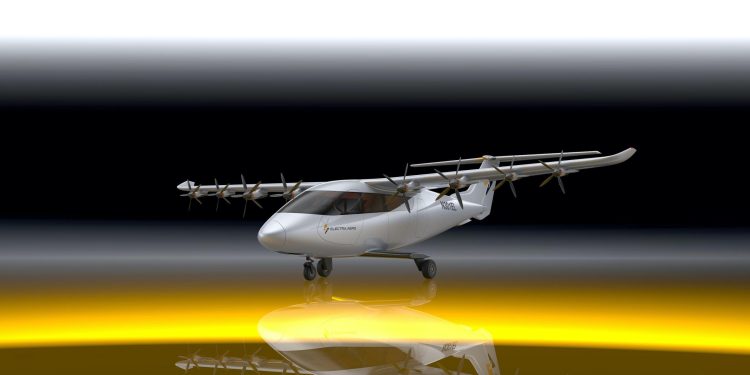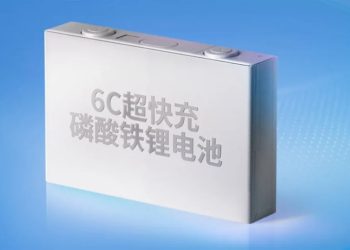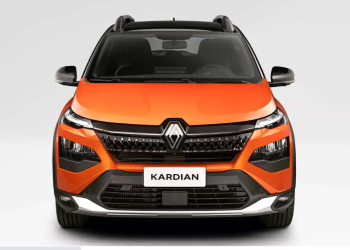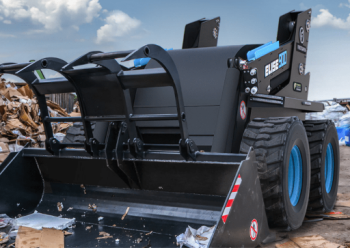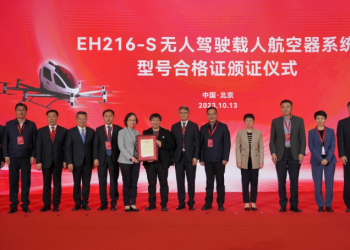The National Aeronautics and Space Administration (NASA) has always been at the forefront of innovations to surprise the world with new technologies and discoveries that mark human history.
The testing and production of electric vehicles, currently booming, has also encompassed the recent research of scientists belonging to the organization. In 2021, they announced tests of an electric flying cab, an all-electric vertical take-off and landing (eVTOL) aircraft.
On this occasion, NASA revealed that it is working together with Electra.aero, a company specialized in electric aeronautical technologies, to manufacture electrified ultra-short take-off and landing (eSTOL) aircraft, with the aim of boosting aerial mobility with strict sustainability standards.
Related content: Sodium-ion 3D-printed Batteries to be Tested on a German Electric Bus
Specifically, Electra is working on a sophisticated electric take-off and landing structure that will enable the vehicle to hover or touch down in a distance of just 45 meters. This involves enormous technical efforts, which will be targets to be overcome by current aerodynamic technology.
Technology Details and the Role of NASA
The system Electra is working on is called “blown lift” aerodynamic technologies. Effective blown-lift aircraft concepts require all possible tools for their technical refinement; elements such as computational fluid dynamics (CFD), wind tunnel models and real test aircraft will be used extensively for this purpose.
For the company, this is a challenge never before seen in aeronautical engineering, since not even the best CFD-based distributed electric propulsion and blow lift models can obtain data on these types of technical configurations.
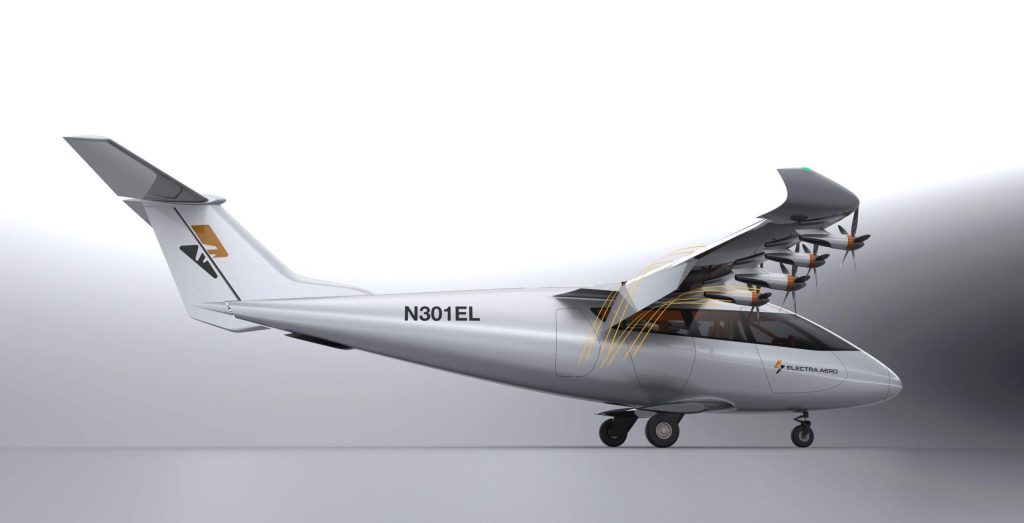
While it is true that Electra handles state-of-the-art technologies, there is a need for much faster, more powerful and reliable computers with which to perform the engineering design tasks themselves. To this end, NASA has launched this economic investment, the exact figures of which are unknown, but they have admitted that it solves all the problems and lack of funding that they suffered until now.
It is estimated that the tests of these innovative flying vehicles will begin this year. An aircraft will be used to demonstrate the hybrid eSTOL technology on a large scale.
This prototype will be able to carry a maximum of two people on its journey. It will presumably take off and land at distances of less than 45 meters. This model will use a 150 kW hybrid-electric turbogenerator to drive a total of 8 electric motors and regenerate electricity from the battery, the capacity of which is not yet known.
However, the first completed and commercially available model will be launched on the market in 2026.
Written by I Jhonattan González



